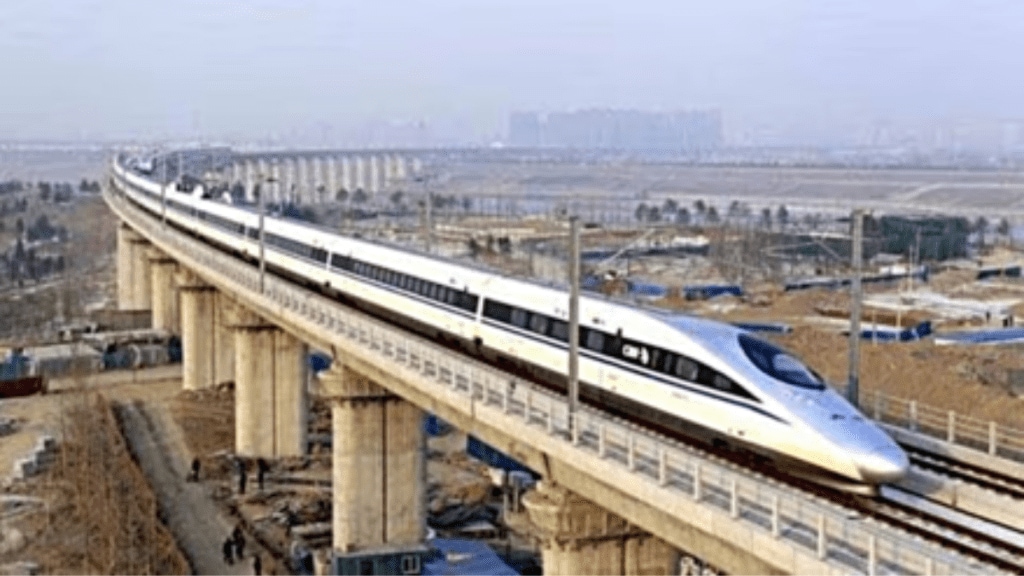As per the latest update shared by Railways Minister Ashwini Vaishnaw in the Parliament on Wednesday, the Project of the Mumbai-Ahmedabad High Speed Rail (MAHSR) is on track and the Gujarat section from Vapi to Sabarmati is expected to be completed by December 2027. The entire 508-km corridor is projected to be up and running by December 2029.
Civil Work Nearing Major Milestone
Though the land acquisition for the High-Speed Rail project in Maharashtra witnessed some delays till 2021, the whole of 1389.5 hectares that were required for the project have now been procured. All key approvals such as wildlife, CRZ, forest, etc. have been granted. Civil contracts for the entire corridor have been awarded, and significant construction progress has been made: 392 km of pier construction, 329 km of girder casting, and 308 km of girder launching have been completed.
The first high-speed rail line is one that is from India and this project is being done with technical and financial assistance from Japan. While the Japan International Cooperation Agency (JICA) is providing 81% of the project’s total estimated cost of Rs 1.08 lakh crore, the Indian Railways and the governments of Gujarat and Maharashtra are jointly bearing the remaining 19%.
Work on Undersea Tunnel Begins as Focus Expands Beyond Mumbai-Ahmedabad
The 21-km undersea tunnel that forms a part of this project is the place where the work has already started. The 12-station corridor will pass through key hubs including Mumbai, Thane, Virar, Boisar, Surat, Vadodara, and Ahmedabad. The MAHSR envisions to become a game-changer in long-distance travel in India by providing world-class infrastructure and reducing the travel time.
Minister Vaishnaw said that though the bullet train work is going on, they are also thinking about extending the high-speed rail (HSR) network. The National High Speed Rail Corporation Limited (NHSRCL) is drafting Detailed Project Reports (DPRs) for more corridors that link business and holiday cities all over India.
However, the minister stressed that new HSR projects will be considered only after careful assessment of technical feasibility, financial viability, demand projections, and funding sources. The fare structure of the bullet train will also factor in socio-economic conditions to ensure affordability and high passenger patronage.

